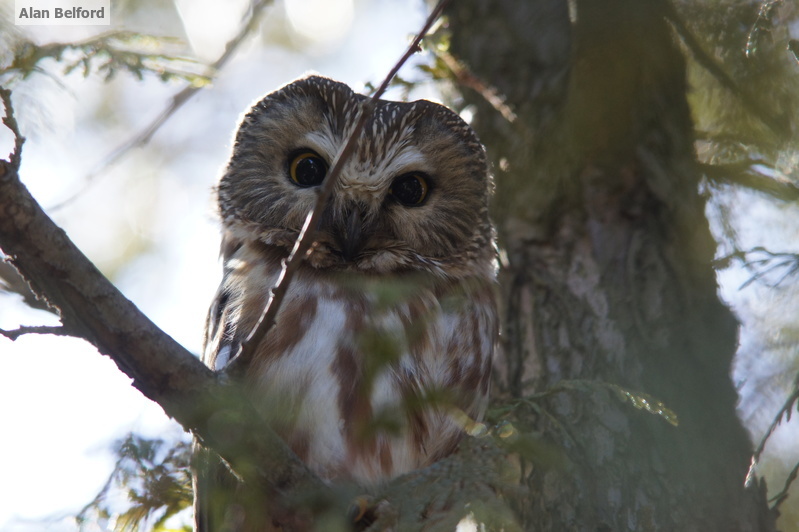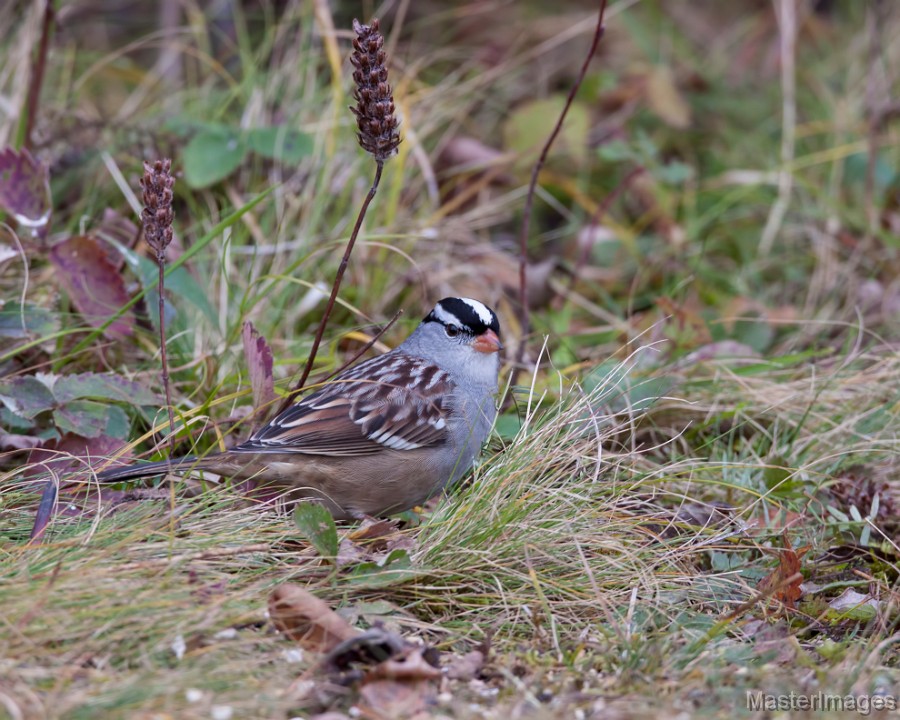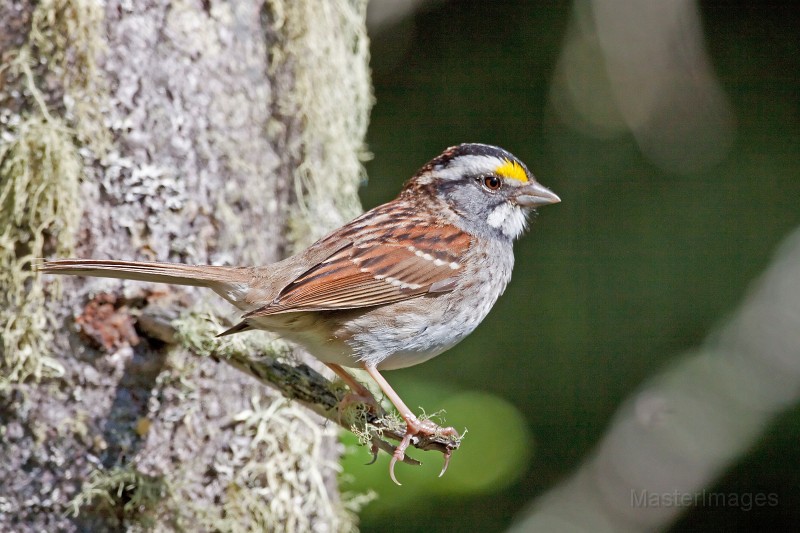
Led Along by Colors
A Colorful Walk
I was heading to the western Adirondacks the other day and decided to hike into Massawepie Mire, the largest bog in the state located a short distance west of Tupper Lake. Wren and I drove the dirt road in through the fall woods, as the leaves of American beech, red, and sugar maple glowed along the way. We parked and walked in the railroad bed turned hiking trail, once again led along by the mosaic of colors.
Out on the Bog
To my surprise it was beginning to rain a bit as we went, but the day was warm and I simply covered my binoculars to keep the lenses dry. The woods were quiet and we followed the railroad bed on through the bog mat where the bright deciduous trees gave way to the greens of spruce and fir and where the tamaracks were changing into what Aldo Leopold calls “smoky gold.” Wren nosed and wagged her way along the trail – we had not been to Massawepie in a few months and she is always excited when she explores a place for the first time in a while. Here and there the chip notes of sparrows caught my attention and I stopped to spish – eventually finding a handful of White-crowned Sparrows which were migrating through the region.

Flitting White-crowneds led us along the trail and we reached the bridge which crosses the Grasse River. The nearby thickets had still more White-crowned Sparrows as well as the related and more common breeding White-throated Sparrows; The two species belong to the same genus of birds. A Common Raven flew over, croaking in the distance, and I scanned for raptors which I often see along the bog and from the vantage point of the bridge. But I saw none. I had other places to explore down the road so I paused at the bridge and considered turning around. But instead I continued on into the woods – curious to see if they held anything different than what I had already seen.
A Saw-whet Owl!
I was happy that I did. As soon as we were out of the wind and light rain of the open bog we heard the chatter of Black-capped Chickadees and Golden-crowned Kinglets. There were also more White-throated and White-crowned Sparrows there and I spished to draw in still more birds. Soon there were Yellow-rumped Warblers, Dark-eyed Juncos, and Red-breasted Nuthatches as well. I continued spishing as the birds became more curious and agitated and then to my surprise a Northern Saw-whet Owl squealed!
Saw-whets are well known for their tooting calls – particularly of the males as they seek to woo females in spring - but they make a variety of other vocalizations including twittery chatters and squeals. They breed in the area and many migrate through the region during the fall – particularly October. I immediately began to toot for the owl and it squealed in response, the sound coming closer with each call. I often hear this response when I toot for them or when we are playing recordings during owl banding operations this time of year. I could soon hear it calling a stone’s throw back in the trees and I caught a glimpse of a chubby bird land in a fir.

But just as quickly as the owl responded and came in to check me out, the surrounding songbirds took up a cacophony of scolds and angry calls, swarming all around me and the trees near the owl. They seemed to materialize out of the air and branches - there were far more songbirds present than I had originally realized! Four Gray Jays swooped in gossiping about how much they didn’t like owls, and the Saw-whet, thoroughly cowed and intimidated, retreated back into the woods, giving two final defiant squeals to let me (that is, me the owl tooter). I tooted a few more times to afford me a chance to look at the agitated songbirds, but I soon stopped so that they wouldn’t remain riled up and pester the owl the rest of the day. I picked through the buzzing mixed flock of birds and watched the Gray Jays float down along railroad bed. Little by little the woods began to quiet back down and Wren and I stood there listening for a while before turning to walk back out.
Our walk out was far less eventful with more White-crowned Sparrows and a few Black-capped Chickadees as the fall rain began to pick up. We arrived at the car just in time to avoid getting soaked.
Fall is a splendid time to visit as our leaves are still in peak form right now! And, even after the leaves fall from the trees, fall offers great bug-free birding and hiking opportunities. Check out our outdoor recreation, dining, and lodging pages to learn more.
